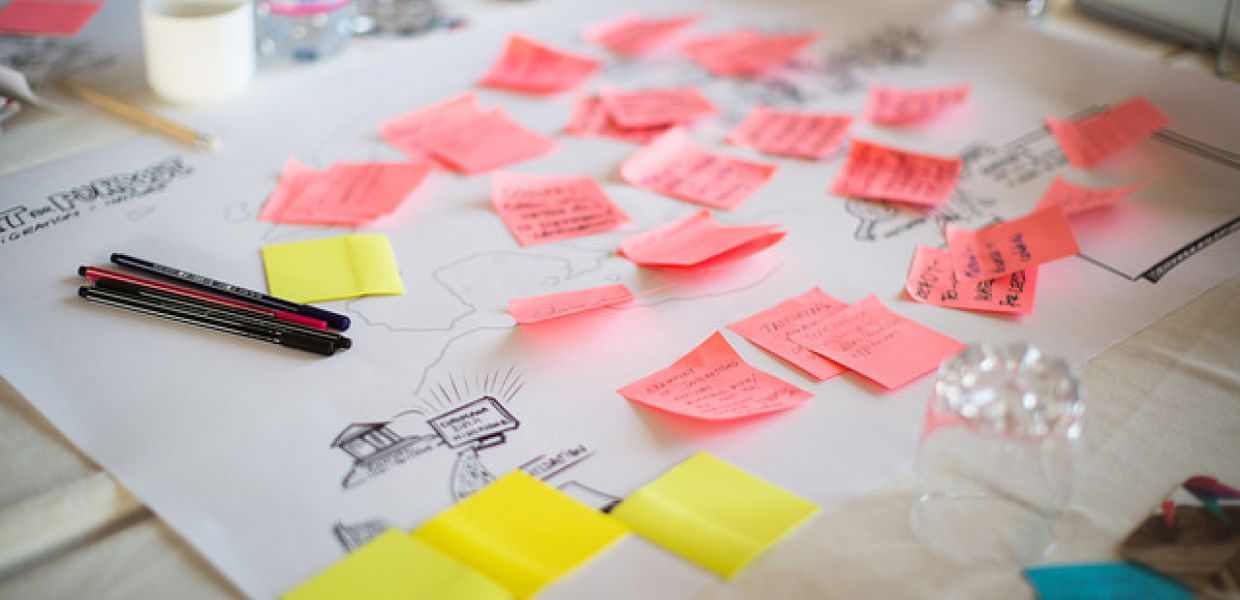Teaching Migration: six actions to make cultural heritage fit for education
‘Teaching migration’ was an important and timely theme for the Europeana strategy meeting scheduled during the Maltese Presidency in May 2017. Bringing migration into the classroom is fraught with many difficulties, not least defining what migration is and the differing national reactions to the crisis.

- Title:
- Europeana Strategy meeting ‘Migration and culture: how can our past educate our present’, Sebastiaan ter Burg, CC BY 2.0
- Creator:
- Sebastiaan ter Burg
- Copyright:
- CC BY
Choosing migration as a case study
Europeana used the topic of migration as a case study for several reasons. Firstly, to explore how it can be used as an examplar for what educators mean when they ask for “fit for purpose cultural heritage”. Secondly, to explore what materials are needed to tackle this subject in class. Lastly, to demonstrate how Europeana, ministries of Culture and Education, and cultural heritage institutions can help them teach with more resources of higher quality, and with the nuance that can be provided by history, society, and culture. As a result of the meeting, we present six actions that build on the 2015 Europeana for Education Recommendations. They aim to create better access for educators to all types of migration-relevant digital educational material held in our cultural heritage institutions.
Identifying actions to implement
During our meeting, representatives from ministries of Culture and Education, cultural heritage institutions, the education sector and Europeana discussed best practice examples of migration being addressed by the use of culture and heritage in formal and non-formal educational settings. These six identified actions relate to funding, resource gaps and the need for best practice guidelines, co-created search vocabularies, increased digitisation, more content made available for educational reuse, and the creation of learning resources and cohesive collaboration among all stakeholders.
Next steps
The actions therefore present a model that can be used not only for the topic of ‘migration’ but for almost any subject area. If we get educational access to the subject of migration right, we can apply it for other topics and improve the use of digital cultural heritage by education. As next steps to these actions, Europeana will facilitate networking and collaboration between the players by introducing processes and developing communities through Europeana Education. Europeana will also encourage and share best practice, and track and record the implementation of these actions through the measures the ministries, cultural heritage institutions and educators take in each Member State across Europe.
We are hoping for the full participation of all relevant stakeholders to affirm a strong commitment to implementation of these actions.
